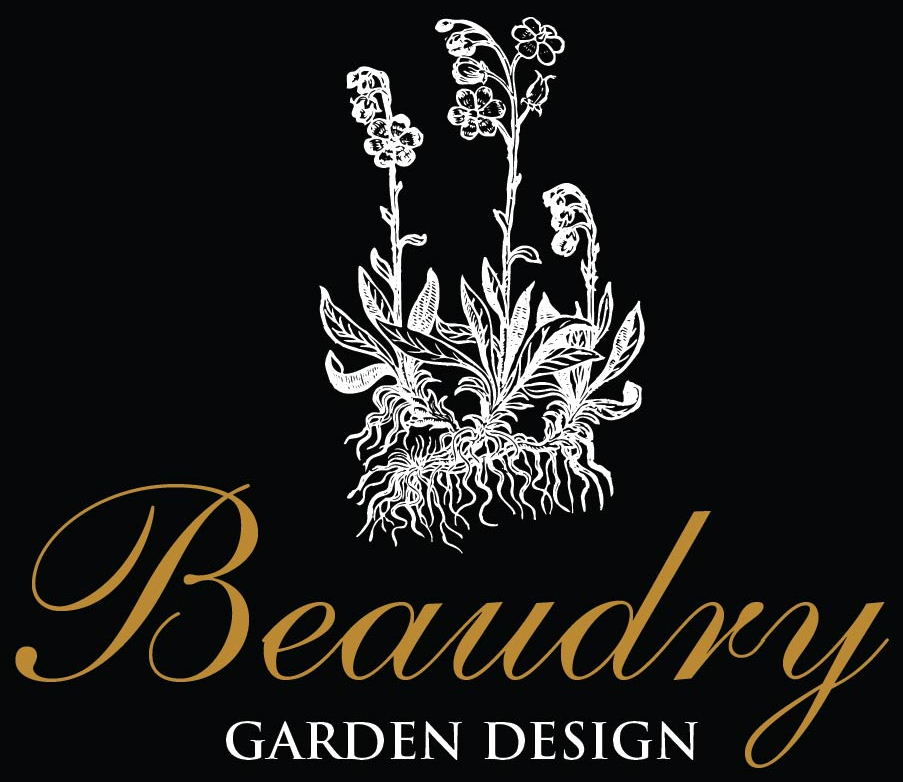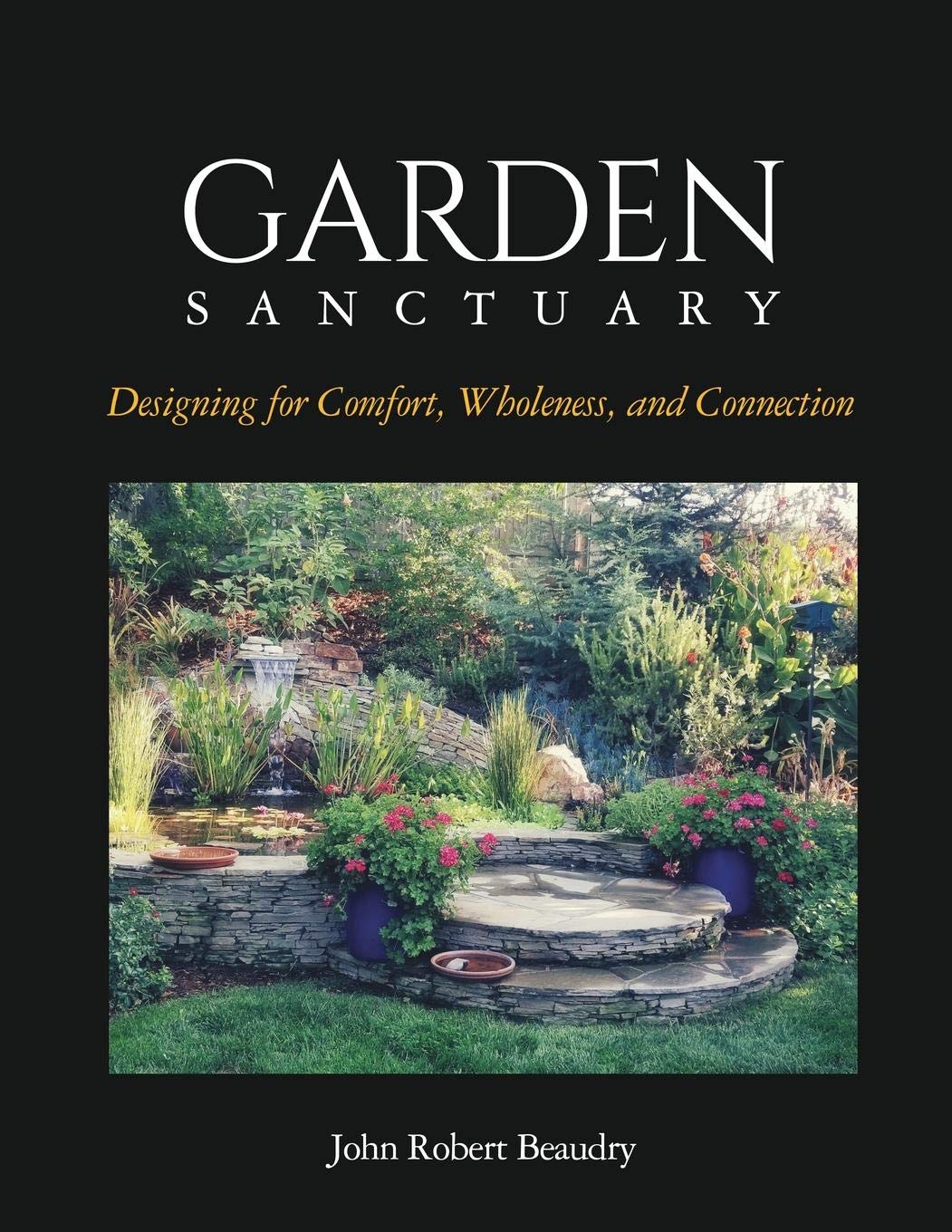BEAUDRY GARDEN DESIGN
GARDEN SANCTUARY
GARDEN SANCTUARY: Designing for Comfort, Wholeness, and Connection
by John Robert Beaudry
BUY NOW FROM AMAZON.COMMeet the Author, John Beaudry
Do you feel like you are on a gerbil wheel, and just can't get off? Does it feel like life keeps coming at you,leaving no place for you?
Do you crave the comfort of a garden? Do you wish you could walk out your door and be surrounded by the restorative powers of Nature? Do you crave a place to connect with something greater than yourself?
Maybe you have a backyard and want a garden to relax in, but you don't know how to create it.
Garden Sanctuary will guide you in how to envision and create your own connection to Nature. Follow award winning garden designer, John Beaudry's process to discover:
Your own sense of design--you really do have one!
How the principals of Arts and Crafts style transform space
The language of design
How to measure, draw to scale, and create abase plan
How to organize space using bubble diagrams, grid lines, and layers
How to choose the right plant for the right space
The joy, peace, and harmony that a garden--just outside your door--can provide
Garden Sanctuary distills the design process into a series of concrete steps that you can use to create exquisite gardens in harmony with their environment. You will immediately feel yourself relaxing, your body being regulated, whole in the arms of Nature.
BUY NOW FROM AMAZON.COM
TESTIMONIALS
“When we were starting to think about selling our home of many years to downsize, John helped us with a substantial, creative "touch up" of an earlier, somewhat tired landscaping plan. He was fun to work with, listened well, and helped us come up with a good and affordable plan. His knowledge of plants is extensive and, like me, he likes unusual plants. We asked for less expensive alternatives for some of his first plant suggestions, and he readily came up with good and workable ideas. His crew was excellent and nothing escaped his watchful eye."
B.M.
“I can't say enough about how much pleasure the space John created in our back yard has given me. It's hard to conceive now of how I tolerated the former exposed, barren, noisy patio area. I never tire of sitting outside in the peaceful, lush, now naturally enclosed and private setting. The colors are gorgeous, the grasses, rocks, japanese maple, flowering bushes and pavers combine to make a Zen like, yet Italian feel--exactly what I asked for. I start my summer days with coffee outside and end with a glass of wine outside as the sun sets and I feel like I am on vacation."











